By selecting your itinerary in advance, our platform uniquely allows you to view boats that can deliver selected tinerary with full cost transparency, including fuel etc..
After the Bosphorus, the Sea of Marmara begins. The word "Marmara" comes from the Greek word for "marble," reflecting the rich marble quarried from the region since ancient times. Marmara Marble has given its name to the island, the sea, and the surrounding area. On the European side, we see Istanbul's famous sea walls, which in the past stretched approximately 20 kilometers. The land walls extend from Zeytinburnu to Ayvansaray, constructed more robustly than the sea walls. This is because the sea walls relied on "Greek Fire" for defense, a substance against which the wooden ships of the era could not stand. More precautions were taken against attacks coming from the land.


Decorating Istanbul's third hill is the Süleymaniye Mosque, a marvel of architecture referred to by Mimar Sinan as his "masterpiece." This magnificent structure is visible from kilometers away due to its splendor. The construction of the Süleymaniye was commissioned to commemorate the thirtieth anniversary of Sultan Suleiman the Magnificent's ascension to the throne. On the grand opening day, it is said that the sultan, deeply impressed by the mosque, honored the architect by allowing him to open the masterpiece. The mosque stands out with its details symbolizing historical events; its four minarets represent Sultan Suleiman the Magnificent as the fourth sultan after the conquest of Istanbul. Furthermore, its ten balconies allude to his being the tenth sultan since the foundation of the Ottoman Empire.
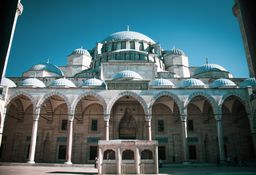
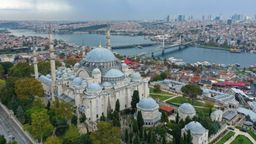
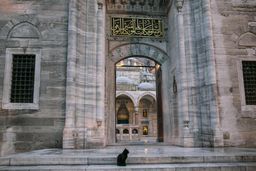
The tower you see atop is the Beyazıt Fire Tower, situated within the garden of Istanbul University, designed by the Balyan Family. During a period in the Ottoman Empire when wooden houses were prevalent, fires were frequent. The Beyazıt Fire Tower was constructed to take precautions against these fires and provide early warnings.
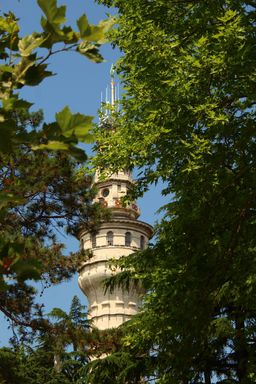

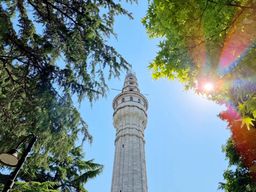
The Spice Bazaar, located behind the New Mosque, is an architectural masterpiece that began construction in 1597 upon the request of Safiye Sultan during the Ottoman Period. Funded by taxes collected from Cairo, the bazaar eventually became famous as the "Spice Bazaar." As you explore the corridors of the bazaar, the aromas of spices take you on a journey through time.
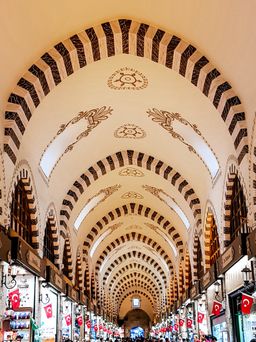


The Hagia Sophia was initiated under the reign of Byzantine Emperor Justinian I. Constructed between 532-537 AD, the church was built by 10,000 workers and 100 master craftsmen, designed by the era's two most prominent architects, Anthemius of Tralles (from modern-day Aydın), a mathematician and physicist, and Isidore of Miletus, an architect. The name "Hagia Sophia" means "holy wisdom," symbolizing the concept of "divine wisdom," one of the three properties of God in Orthodox Christianity. It held the title of the world's largest cathedral for 1000 years. Initially built as a basilica, the Hagia Sophia now serves as a mosque with four minarets.
The survival of this unique structure to the present day owes much to the reinforced massive buttresses added by the architect Mimar Sinan in 1573. The Hagia Sophia is recognized worldwide as a significant symbol.

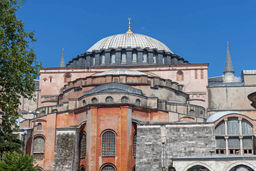

The Hagia Irene, during the Eastern Roman Empire period, was the second largest church in Istanbul after the Hagia Sophia. Its name, meaning "Holy Peace," Hagia Irene is characterized by its red brick appearance and a large dome. As the Topkapı Palace was being built, the church, situated between the Hagia Sophia and the Hagia Irene, ended up within the palace's boundaries due to the exterior walls running between them. Since the church was not converted into a mosque after the conquest of Istanbul, very few changes were made to it both internally and externally during the Ottoman era. Today, the Hagia Irene occasionally hosts concerts and is considered a unique example in its current form.


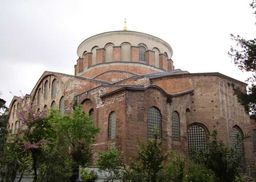
Located in Sultanahmet Square directly opposite the Hagia Sophia Mosque stands another remarkable structure. Commissioned by Ottoman Sultan Ahmed I and built on Istanbul's Historical Peninsula by architect Sedefkâr Mehmed Ağa, this mosque, with its six minarets, is renowned for its blue, green, and white İznik tiles. Due to these characteristics, it is known as the "Blue Mosque" by Europeans.
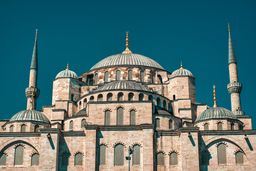
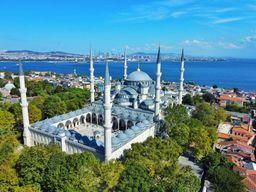

When we look towards the European Side at the very entrance of the Bosphorus, Sarayburnu greets us. Until the construction of the Dolmabahçe Palace, the Topkapı Palace, with its Justice Tower, served as the residence of the Ottoman sultans since the conquest of Istanbul, and it's one of the first structures that catch the eye. Right by the sea, you can also see the first statue of Atatürk erected in an open space in Turkey. The location of the statue marks the point where Atatürk's remains were transferred onto the Yavuz Battleship before being taken by train over İzmit for his final journey.
Further ahead, you'll notice the elegant Sepetçiler Pavilion. Known as the place where sultans would board their royal boats to the Bosphorus or the Golden Horn, the current structure of the Sepetçiler Pavilion was commissioned by Sultan Ibrahim I in 1643.
Behind the pavilion, the expansive green space you see is Gülhane Park, covering 100,000 square meters. This park, one of the city's breathing spots, also hosted the University of Constantinople in the 13th century.
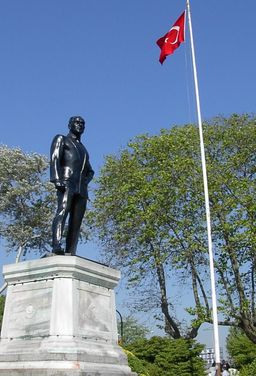
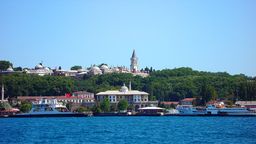
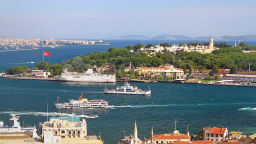
Eminönü and Sirkeci, with their harbors and the later addition of a train station, have become one of Istanbul's historical and commercial centers. Eminönü, one of Istanbul's oldest districts, hosts many historical structures from the Byzantine and Ottoman periods. The markets located here are among the world's oldest and largest. Particularly noteworthy are the inns in the First National Architectural style. Along the coastline, the New Mosque stands elegantly amidst the crowd, while the grand Post Office building and the Istanbul High School for Boys are notable landmarks in the area with their striking appearances.
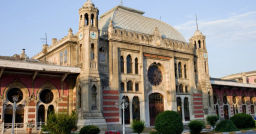
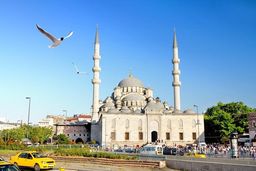
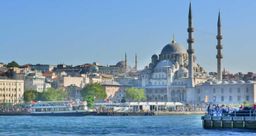

Go out on the town
Transfer boats to take you to the attractions!
Answered
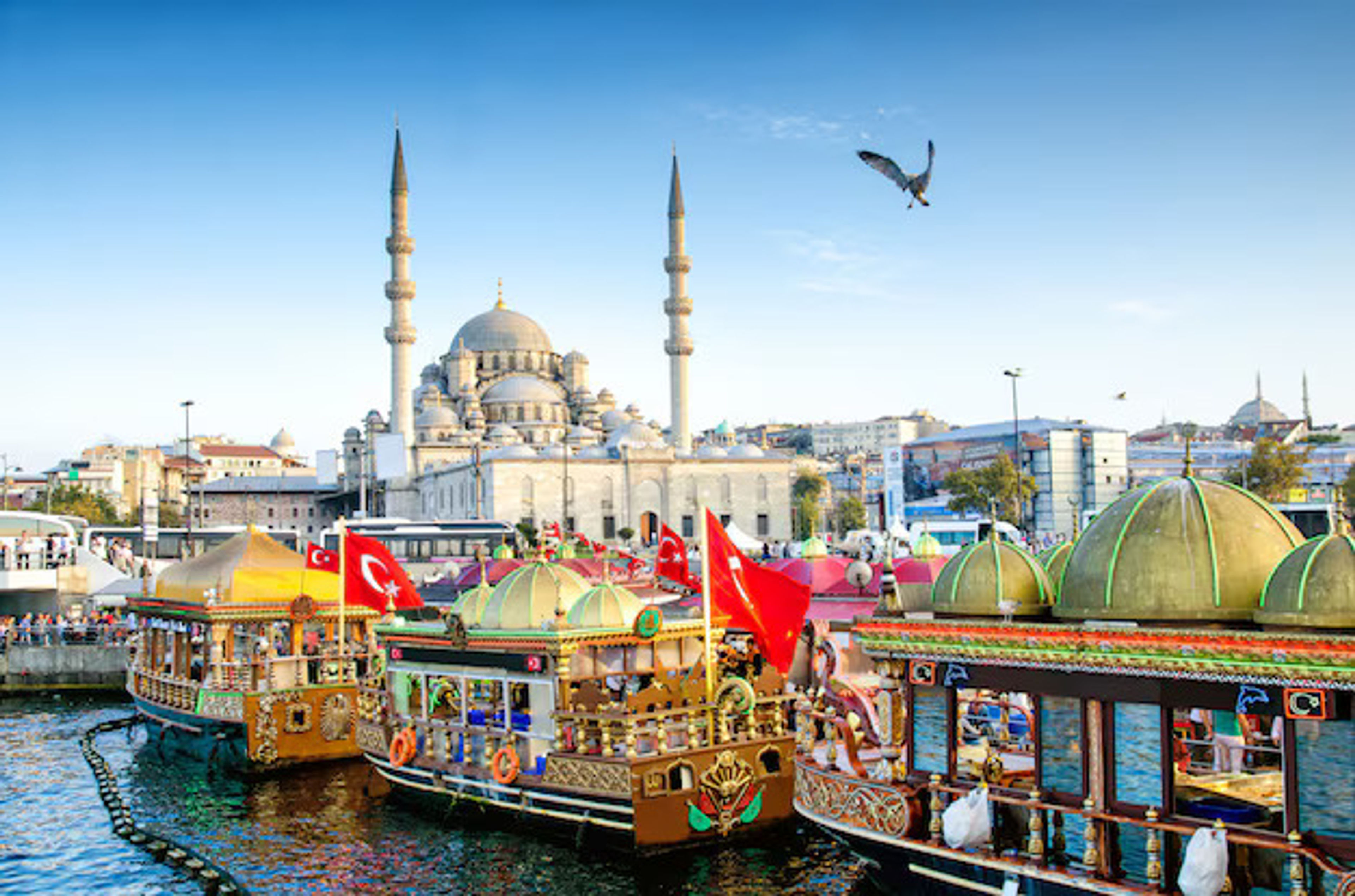
























































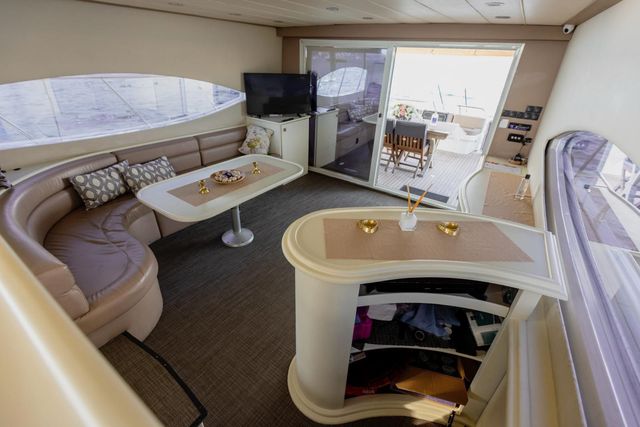
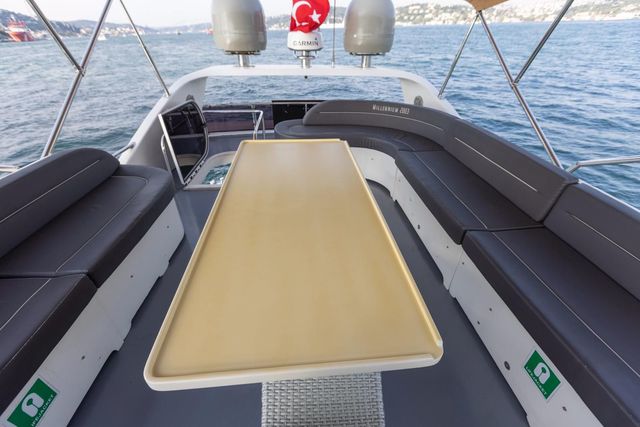
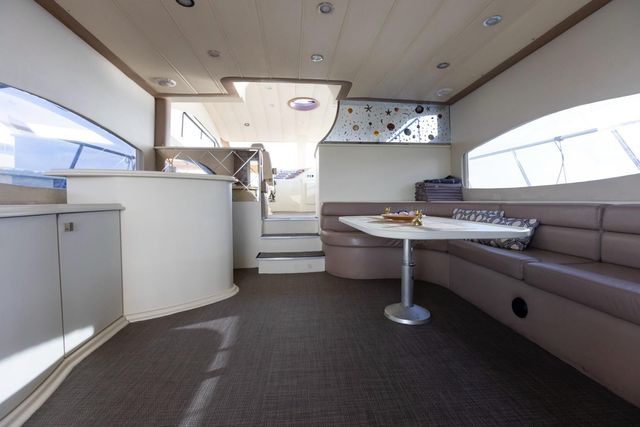
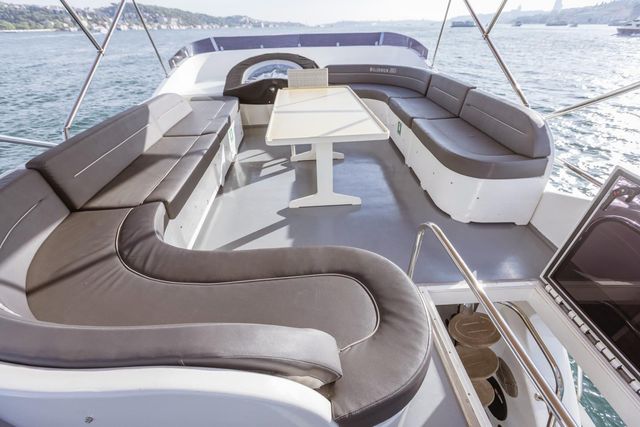
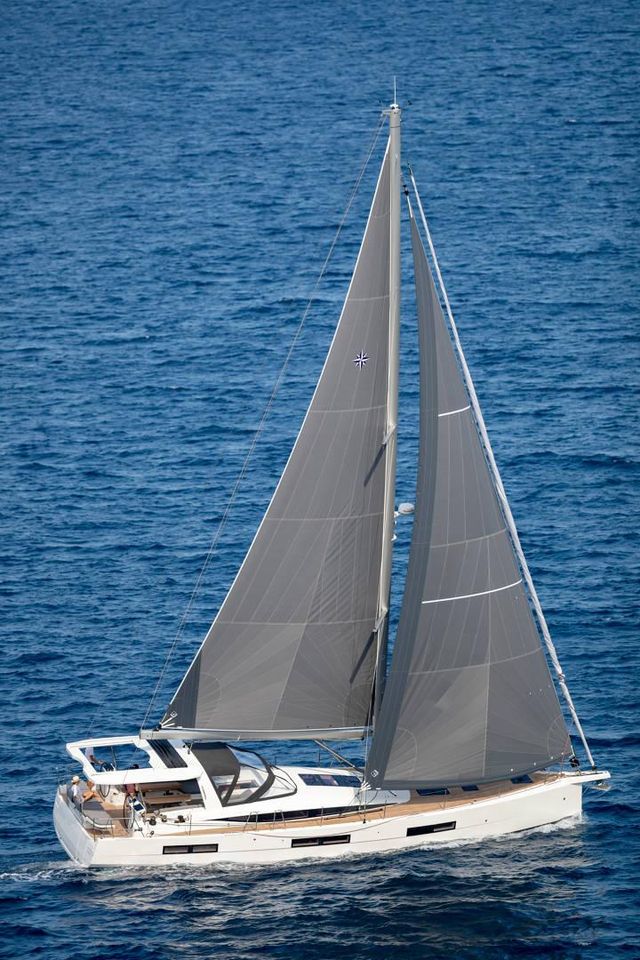






















































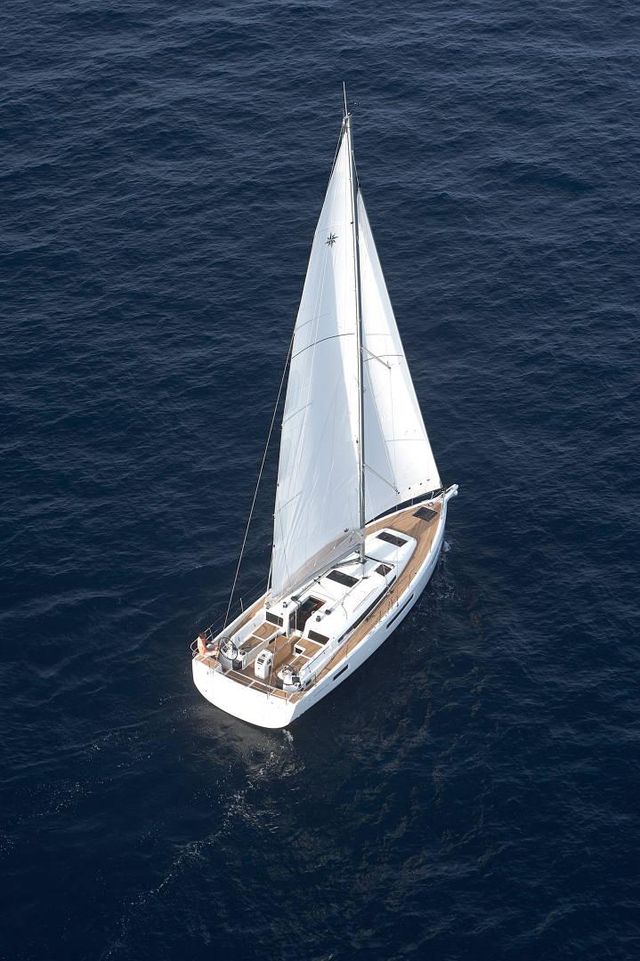














-1706528520243.jpeg?tr=w-640)
-1706528519713.jpeg?tr=w-640)
-1706528520829.jpeg?tr=w-640)
-1706528521036.jpeg?tr=w-640)
-1706528521779.jpeg?tr=w-640)
-1706526883976.jpeg?tr=w-640)
-1706526880367.jpeg?tr=w-640)
-1706526882138.jpeg?tr=w-640)
-1706526882297.jpeg?tr=w-640)
-1706526882310.jpeg?tr=w-640)



-1715092043075.jpeg?tr=w-640)
-1706527825977.jpeg?tr=w-640)
-1706527826026.jpeg?tr=w-640)
-1706527826214.jpeg?tr=w-640)
-1706527826292.jpeg?tr=w-640)
-1724784962744.jpeg?tr=w-640)
-1724784955332.jpeg?tr=w-640)
-1724784956262.jpeg?tr=w-640)
-1724784963765.jpeg?tr=w-640)
-1724784974028.jpeg?tr=w-640)

-1723548141315.jpg?tr=w-640)
-1723548141594.jpg?tr=w-640)
-1723548141696.jpg?tr=w-640)
-1723548141742.jpg?tr=w-640)

-1716388254486.jpeg?tr=w-640)


-1716388251295.jpeg?tr=w-640)
-1716388251355.jpeg?tr=w-640)









-1724402624523.jpeg?tr=w-640)


-1722950181426.jpeg?tr=w-640)
-1722950181675.jpeg?tr=w-640)
-1722950181812.jpeg?tr=w-640)
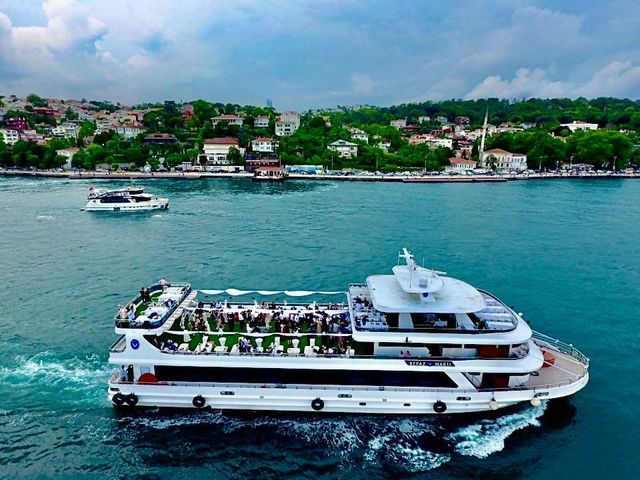
-1715083722119.jpeg?tr=w-640)
-1715083722435.jpeg?tr=w-640)
-1715083722465.jpeg?tr=w-640)
-1715083722561.jpeg?tr=w-640)










-1718190702044.jpeg?tr=w-640)


-1718190310409.jpeg?tr=w-640)

-1718187965142.jpeg?tr=w-640)
-1717408508944.jpeg?tr=w-640)


